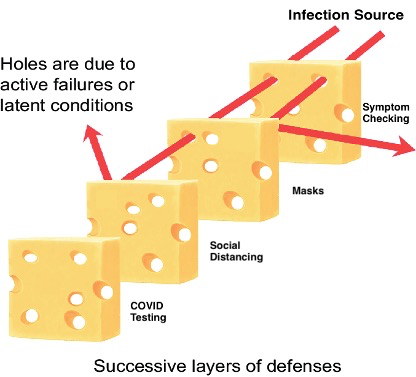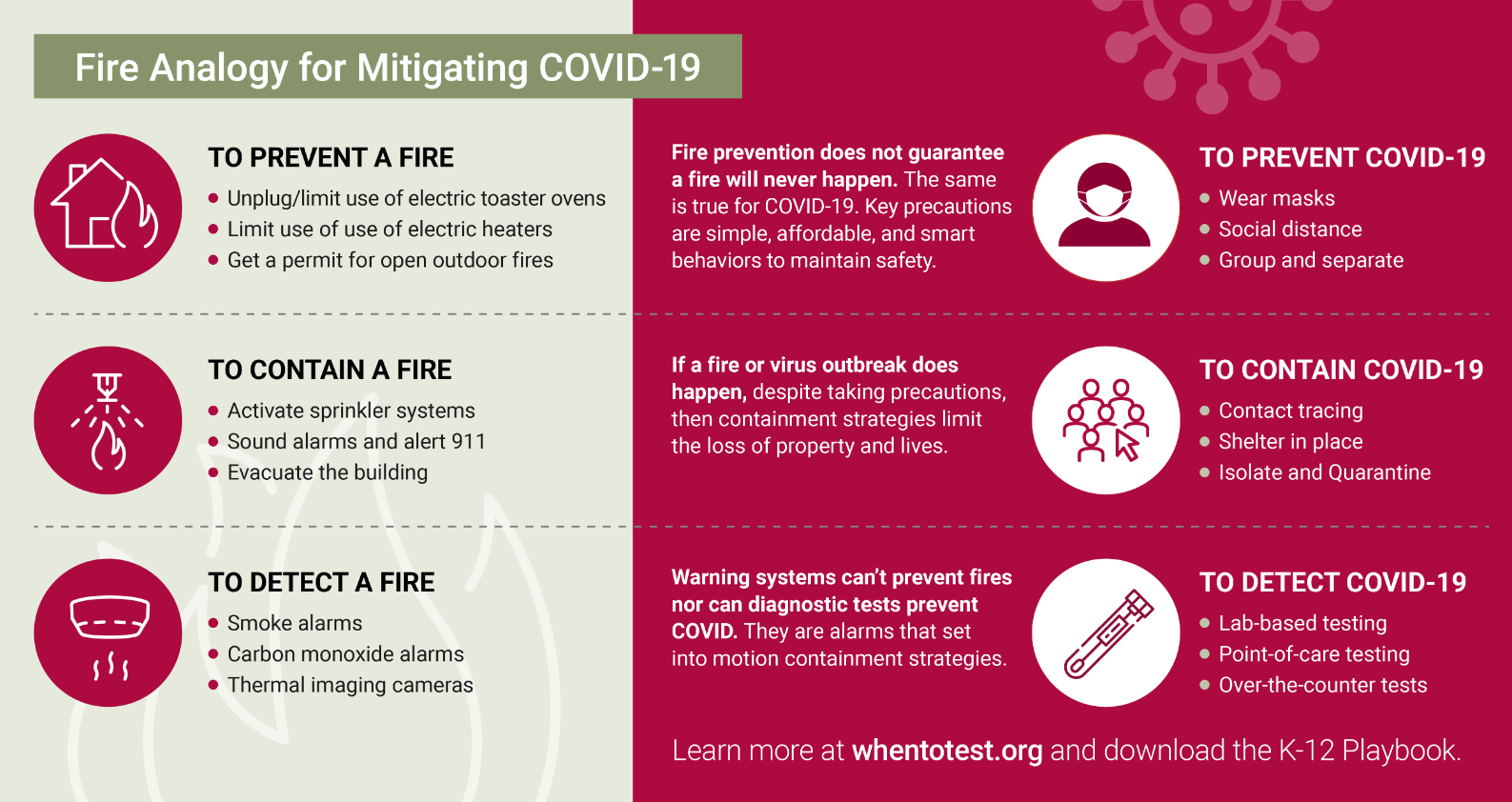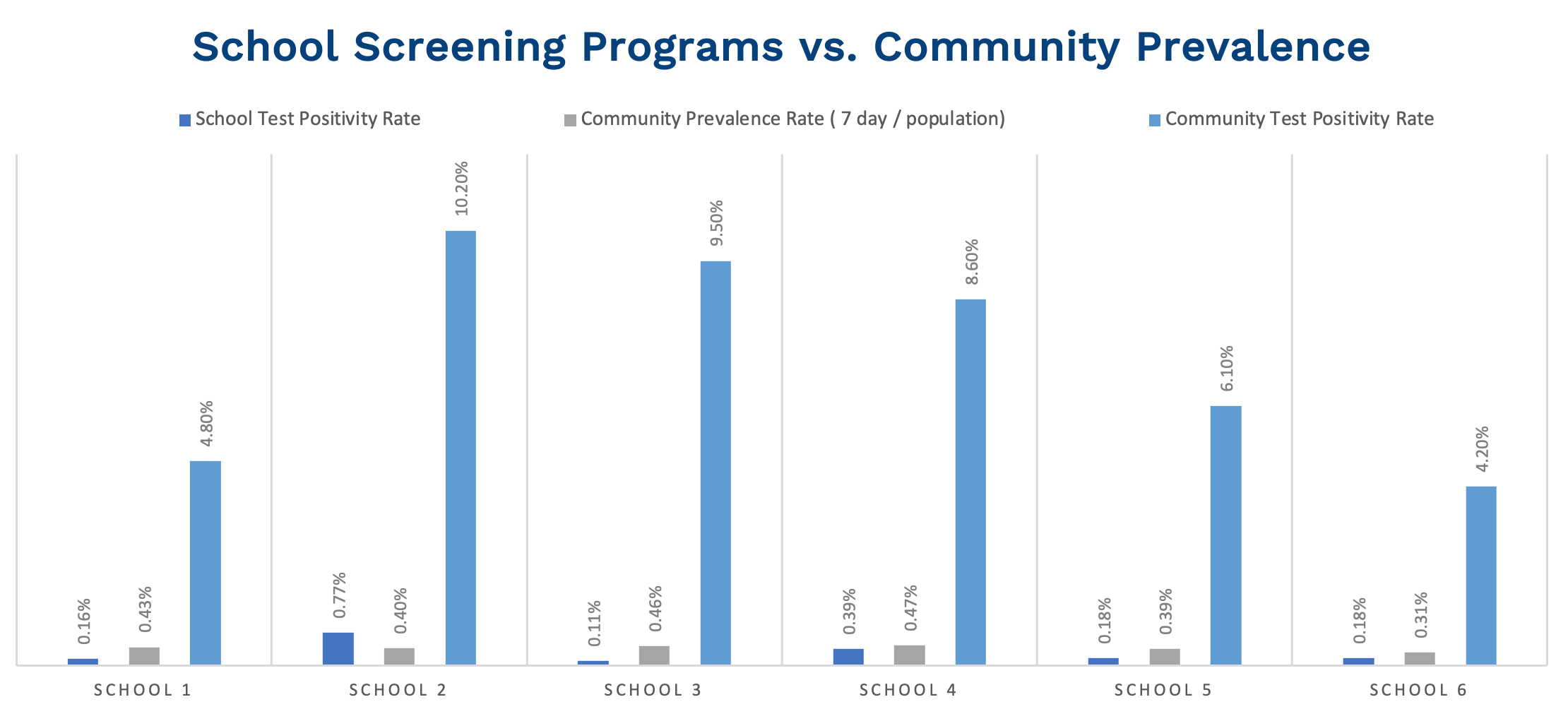The Covid-19 School Testing Toolkit
-
Why to Test
-
Getting Started
-
Consent & Communications
-
Quarantine & Isolation Protocols
-
Examples & Templates
-
Download Toolkit
Planning for Fall 2021?
What you can find here…
A Look at Routine COVID Safety Checks in Action
Boston Public Schools
Español | العربية | Cabo-Verdiano | 中文 | Français | Kreyòl Ayisyen | Português | Soomaali | Tiếng Việt
Why do Routine COVID Safety Checks?
Keep Kids and Staff Safe: catch cases before they spread to other students and staff
Keep our Schools Open: prevent further time away from in-person learning and friends by knowing whether it’s COVID, cold, or flu
Stop the Spread: prevent infecting another member of your household or community
CDC's K12 School Operational Strategy endorses the use of Routine COVID Safety Checks for students as an additional layer of safety for schools in Moderate, Substantial and High Transmission areas.
What is low, moderate, substantial or high transmission?
Do We Still Need to Wear Masks and Distance?
Routine checks do not replace other mitigation measures, such as face masks. Rather, it should be a component of layered mitigation strategies to minimize in-school transmission.
The swiss cheese model shows how COVID testing is another layer of support that helps limit transmission in schools even further.
Source: CIC Health
The fire analogy below helps explain how different mitigation measures accomplish different layers of protection.
Source: www.whentotest.org
How Routine COVID Safety Checks Help Schools Stay Open
Vaccines will reduce the danger of COVID-19, but we are still months away from every teacher and student being vaccinated. Routine COVID Safety Checks are a solution we can deploy right now.
The goal of routine COVID Safety Checks in schools is to quickly identify cases before they become outbreaks. When used alongside other mitigation strategies, like distancing and face masks, testing creates an additional level of reassurance that it is safe to keep schools open with students and educators in the classroom in person
“[Routine COVID Safety Checks] are one of the many mitigation strategies that the district has implemented to help prevent the spread of COVID within our school community. The testing program is an added layer that has given our families and staff increased peace of mind and confidence in the safety of our buildings and school community. The program also allows us to identify asymptomatic students and to quickly identify positive cases, quarantine them and contact trace to prevent further spread of COVID-19 in the school community.”
In fact, survey data shows that testing dramatically increases confidence in returning to school.
Source: Wellesley Public Schools
Key Terms and Numbers
Prevalence Rate: This is the rate of disease in the community (usually counted over either the last 7 days or the last 14 days) divided by the total population of the community. We assume this is underestimated in many cases because of individuals who may be infected and either not know it or choose not to get tested.
Test Positivity Rate: This is the percent of COVID-19 tests that are taken that come back positive. Because most people get tested when they have symptoms or come in contact with a COVID-19 positive individual, community test positivity rate is generally much higher than community prevalence.
Screening Testing: Screening testing is what we’re doing in schools - testing an entire population whether or not they have symptoms with the goal of identifying and isolating COVID-19 positive individuals. Screening testing also gives us a great window into the true “in-school” prevalence rate in schools. Note. symptomatic individuals are generally not included in school testing programs, which helps keep reported rates low.
A sample of school districts that tested throughout Winter 2020-2021 allow us to see that in-school prevalence rates are generally lower than community prevalence rates and significantly lower than test positivity rates.
Source: Selected School Screening Vendors





